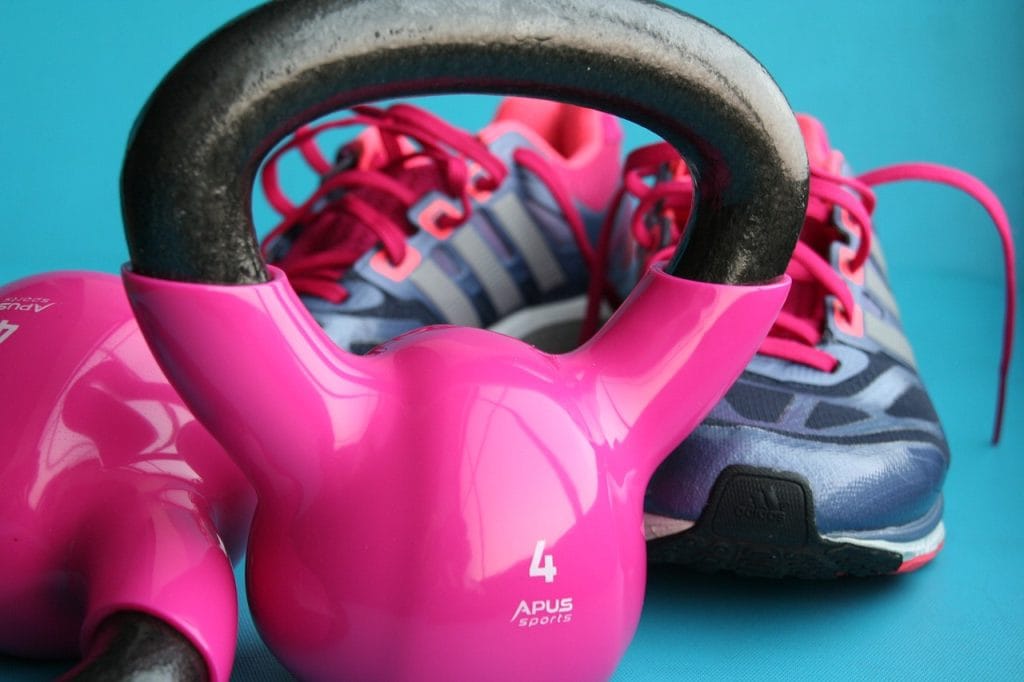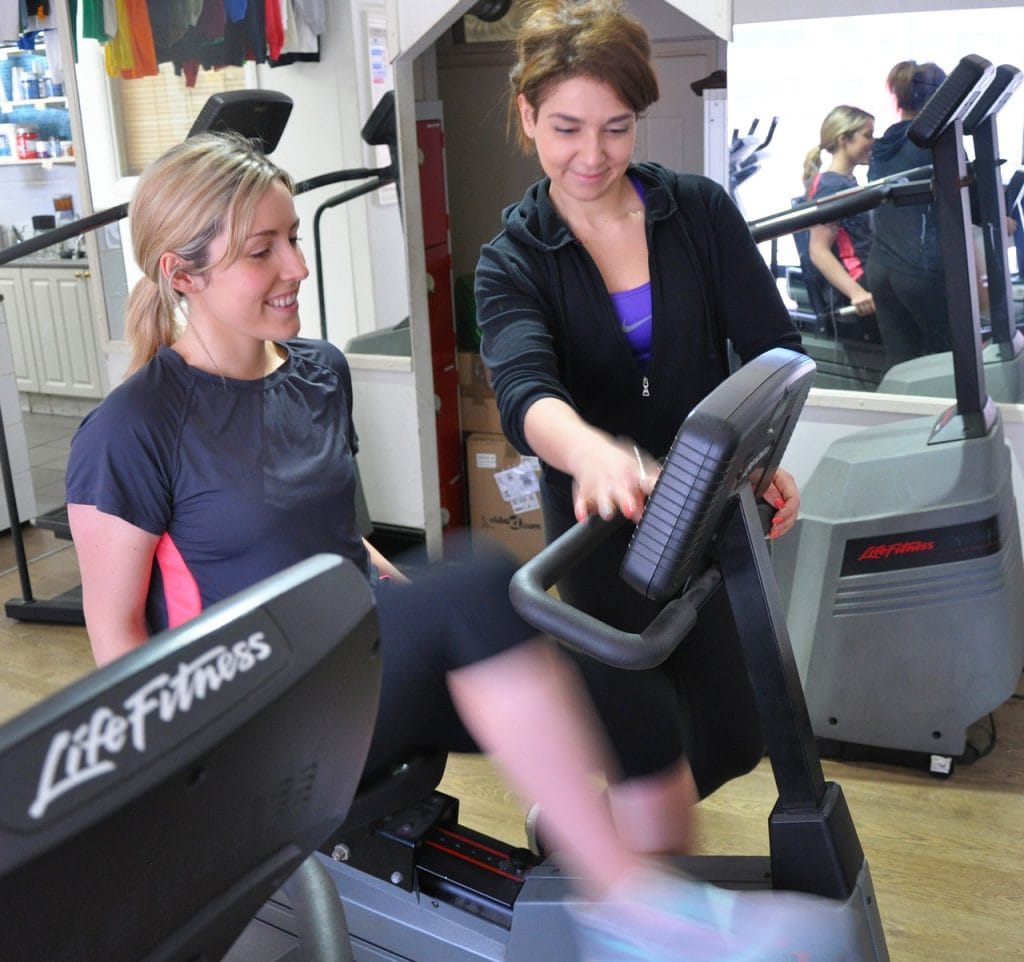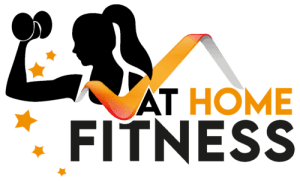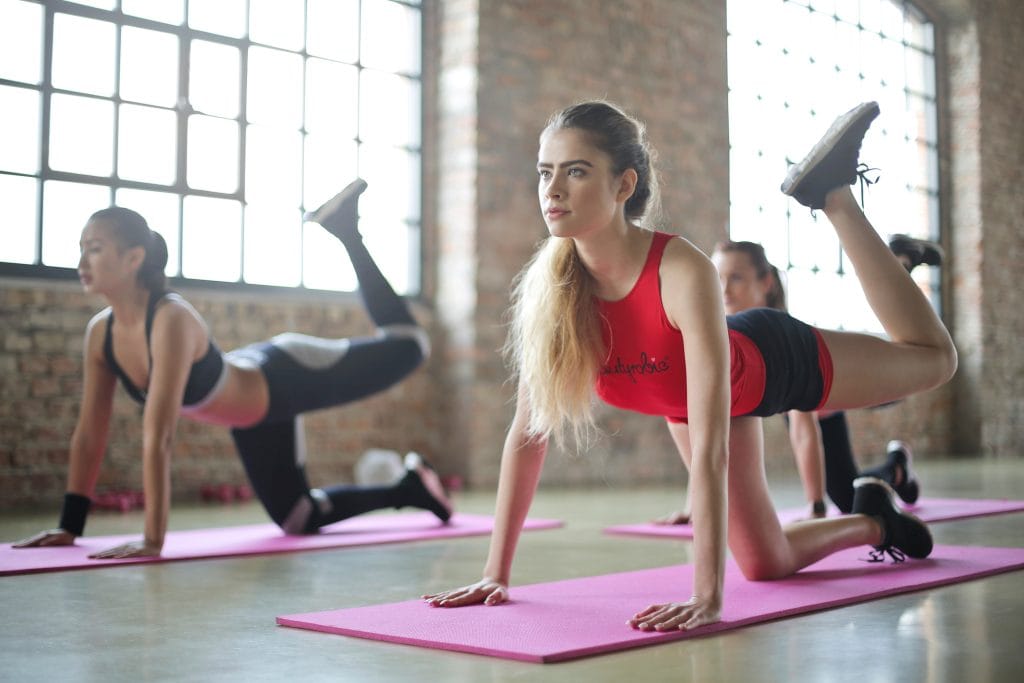
Dreaming of sculpting a firm and toned backside without hitting the gym? You’re in the right place! If you’ve been searching for the best ways to work on your glutes at home, you’re likely asking, “What are the best butt exercises at home?” Well, you’re in luck. In this comprehensive guide, we’ll explore a variety of butt exercises at home that will help you shape and strengthen your glutes without the need for fancy equipment.
Getting Started: The Basics of Butt Exercises at Home
Before diving into specific exercises, let’s lay the groundwork with some fundamental bum exercises at home that form the basis of an effective glute workout. These movements require no equipment, making them accessible for everyone.
Bodyweight Squats: Stand with your feet shoulder-width apart, lower your body by bending your knees, and then rise back up. Bodyweight squats target your glutes, hamstrings, and quads.
Lunges: Step forward with one leg and lower your body until both knees are bent at a 90-degree angle. Push back to the starting position and alternate legs. Lunges engage your glutes and thighs.
Donkey Kicks: Start on your hands and knees, lift one leg, keeping it bent at a 90-degree angle, and press your foot toward the ceiling. Lower your leg back down without touching the ground. This exercise isolates and activates the glutes.
Glute Bridges: Lie on your back with your knees bent, feet flat on the floor. Lift your hips toward the ceiling, squeezing your glutes at the top. Glute bridges are excellent for targeting and strengthening the glute muscles.
Adding Intensity: Butt Exercises with Resistance
To take your butt exercises at home to the next level, consider incorporating resistance. This can be achieved using household items or investing in resistance bands. Adding resistance enhances muscle engagement and promotes greater glute activation.
Resistance Band Walks: Place a resistance band around your thighs, just above the knees. Take small steps to the side, maintaining tension in the band. This lateral movement effectively targets the glute medius.
Fire Hydrants with Resistance: Perform the classic fire hydrant exercise with a resistance band around your thighs. Lift your leg to the side, engaging the outer glutes. This variation intensifies the workout.
Weighted Glute Bridges: Hold a weight or a household item on your hips while performing glute bridges. The added resistance challenges your glutes, making the exercise more effective for building strength.
Advanced Glute Workouts: Taking It Up a Notch
For those looking to really challenge their glutes and add variety to their routine, advanced butt exercises at home are the way to go. These movements require more strength and stability, providing a greater stimulus for muscle growth.
Single-Leg Romanian Deadlifts: Holding a weight or household item in one hand, hinge at your hips, lifting one leg straight behind you. This exercise targets the hamstrings and glutes while enhancing stability.
Curtsy Lunges: Stand with feet hip-width apart, then step one foot diagonally behind you, crossing it behind the other leg. Return to the starting position and switch legs. Curtsy lunges engage the glutes from a different angle.
Box Jumps: Find a sturdy surface or use a stable box. Jump onto the box, landing softly with bent knees. This explosive movement engages the glutes and boosts cardiovascular fitness.

Creating Your Glute Workout Routine
Now that you have an arsenal of butt exercises at home, it’s time to structure your glute workout routine. Mix and match exercises based on your fitness level, gradually increasing intensity as your strength improves. Here’s a sample glute workout routine to get you started:
Beginner Glute Workout:
Bodyweight Squats: 3 sets of 15 reps
Lunges: 3 sets of 12 reps per leg
Glute Bridges: 3 sets of 12 reps
Intermediate Glute Workout:
Resistance Band Walks: 3 sets of 15 steps each side
Donkey Kicks: 3 sets of 15 reps per leg
Weighted Glute Bridges: 3 sets of 12 reps
Advanced Glute Workout:
Single-Leg Romanian Deadlifts: 4 sets of 10 reps per leg
Curtsy Lunges: 3 sets of 12 reps per leg
Box Jumps: 3 sets of 10 jumps
Consistency and Safety Tips
Consistency is key when working on your glutes at home. Aim for at least two to three glute workouts per week, allowing for adequate rest between sessions. Here are some safety tips to keep in mind:
Focus on proper form to prevent injuries and maximize muscle engagement.
Warm up before your workout to prepare your muscles for the exercises.
Listen to your body and modify exercises if needed, especially if you have any existing health concerns.
Isometric exercises, a category of resistance training, involve holding specific positions and contracting muscles statically for approximately 3 seconds, all without the need for specialized equipment. These workouts focus on maintaining a steady position rather than dynamic movements, promoting strength, stability, and endurance. Examples include static lunges, planks, and wall sits, and the absence of equipment makes them convenient for any location. The emphasis on squeezing muscles during these exercises adds an extra layer of intensity. Isometric exercises, with their static muscle contractions, effectively engage and strengthen targeted muscle groups, contributing to improved muscle tone. Notably, these exercises are joint-friendly, minimizing injury risks and making them suitable for individuals of diverse fitness levels and those undergoing injury recovery. The incorporation of isometric exercises into a fitness routine, along with the intentional muscle squeezing and 3-second holds, yields various benefits, including enhanced core strength, better posture, and an overall improvement in physical well-being. Whether integrated as a standalone regimen or part of a broader fitness strategy, isometric exercises offer a versatile and accessible approach to building strength and fostering holistic fitness.
You can incorporate isometrics into every exercise by squeezing your leg and glute muscles after each repetition and holding the position for 3 seconds. You will see an improvement in strength and muscle sculpting in the fastest way possible when incorporating this.
Specializing in isometric exercises, Elmarie has created a full body workout to start anyone on their fitness journey or help anyone already on their fitness journey. Visit the store for the ebook on how to personal train yourself.
In conclusion, sculpting strong and shapely glutes at home is entirely achievable. Whether you’re a beginner or looking to take your glute workouts to the next level, the variety of butt exercises at home allows for flexibility in creating a routine that suits your fitness level and goals. So, embrace the challenge, stay consistent, and enjoy the journey to building firm and toned glutes in the comfort of your own space. Your dream backside is just a workout away!
Contact usFAQs
What are the best butt exercises at home?The best butt exercises at home include a mix of bodyweight movements, resistance exercises, and advanced variations. Squats, lunges, glute bridges, and donkey kicks form the foundation, while resistance band walks, weighted glute bridges, and single-leg Romanian deadlifts add intensity.
How often should I do butt exercises at home?Aim for at least two to three butt workouts per week, allowing your muscles to recover between sessions. Consistency is crucial for seeing results, but avoid working the same muscle group on consecutive days to prevent overtraining.
Can I build a bigger butt at home without weights?Absolutely! Bodyweight exercises like squats, lunges, and glute bridges can effectively target and strengthen your glutes. As you progress, consider adding resistance with household items or investing in affordable resistance bands for added challenge.
Do I need equipment for effective butt workouts at home?While equipment can enhance your workouts, it’s not necessary. Many effective butt exercises at home require no equipment. However, incorporating resistance bands or household items like 2l/5l filled water bottles or backpacks can provide additional resistance and variety.
How long does it take to see results from butt exercises at home?The timeline for seeing results varies from person to person. Consistent effort, a well-rounded workout routine, and a balanced diet contribute to positive changes. You may start feeling stronger within a few weeks, while noticeable changes in muscle definition may take a few months.
Can I do butt exercises at home if I’m a beginner?Absolutely! Beginners can start with bodyweight exercises like squats, lunges, and glute bridges. Begin with a lower number of repetitions and gradually increase as your strength improves. As you become more comfortable, you can explore more advanced variations.
Are home workouts for the butt effective for toning?Yes, home workouts for the butt can be highly effective for toning and strengthening. Exercises that target the glutes, such as squats and lunges, combined with progressive overload and proper nutrition, contribute to muscle definition and tone.
Can I target specific areas of my glutes with home exercises?Yes, you can target specific areas of your glutes by incorporating exercises that emphasize different muscle fibers. For example, lateral movements like resistance band walks target the glute medius, while exercises like glute bridges engage the entire glute complex.
How do I prevent injury during butt workouts at home?To prevent injury, focus on proper form during exercises. Warm up before your workout, start with lower intensity exercises, and gradually progress. If you have any existing health concerns or injuries, consult with a healthcare professional before starting a new workout routine.
Can I do butt exercises at home if I have knee issues?If you have knee issues, it’s essential to choose exercises that are gentle on the knees. Opt for low-impact variations, such as seated leg lifts, clamshells, or glute bridges, and avoid movements that exacerbate knee pain. Consulting with a healthcare professional for personalized advice is recommended.




